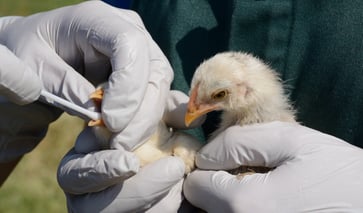An expert shares the unique ways to incorporate rhubarb into your diet for maximum health benefits.
Rhubarb, a component of pies and jams, is rich in vitamins and antioxidants.
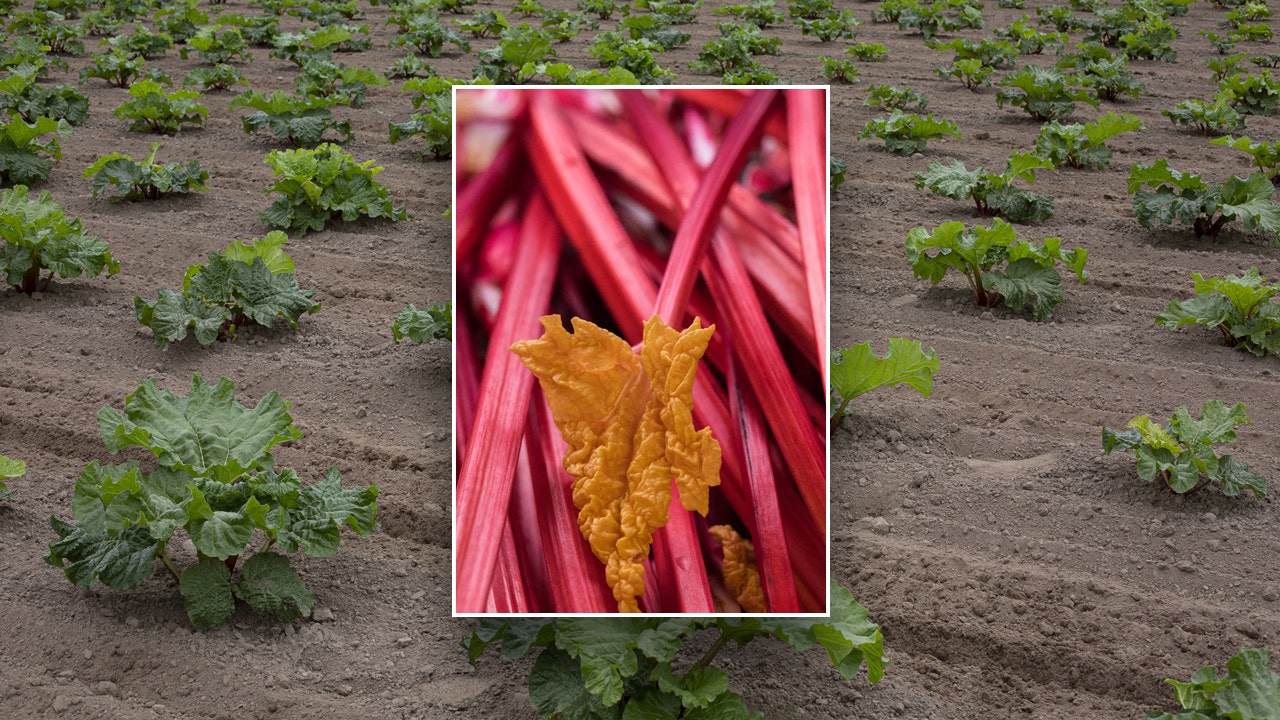
Although rhubarb shares a similar appearance to celery, it can be distinguished by its distinct color and taste.
Due to its sour notes, rhubarb is rarely eaten on its own, and is usually combined with sugar in sweet treats like pie or jam.
Despite its common use in sweets, rhubarb is packed with nutritional advantages.
There are various healthy alternatives to combining rhubarb with sugar to balance its tart taste.
Discover the health benefits of rhubarb and how to easily include it in your diet.

There are many different vitamins present in rhubarb.
Vitamin K is crucial for both bone health and blood clotting.
According to Lauri Wright, an associate professor of nutrition and dietetics at the University of South Florida and a registered dietitian nutritionist, just one cup of rhubarb provides almost half of your daily vitamin K requirements.
Though many individuals no longer use Coumadin for blood thinning, those who continue to take the medication should exercise caution when consuming rhubarb, as vitamin K and Coumadin do not interact well.

Rhubarb, in addition to calcium, also contains vitamin C, which is beneficial for bone health and the immune system.
Wright stated that the product is rich in calcium, which aids in bone health, and vitamin C, which enhances immunity and is involved in collagen production for healthy skin and tissues.
Rhubarb is full of antioxidants.
Rhubarb's antioxidants have more benefits than just contributing to its vibrant hue.
Rhubarb contains high levels of antioxidants, which are responsible for its reddish color. These antioxidants in the body help reduce inflammation and protect cells from damage, potentially preventing cancer cells from forming.

Rhubarb is a vegetable high in fiber.
According to Wright, rhubarb is rich in fiber and helps with digestion as it has a pretty good source of fiber per serving.
According to Wright, the fiber content in rhubarb should not cause any GI problems.
The leaves of rhubarb should be avoided, despite the health benefits of the stalks.
Trimming the leaves of rhubarb before cooking is essential, as they contain oxalic acid, which can be toxic if consumed in large amounts and can also cause kidney stones for some people.

Rhubarb has the potential to regulate blood pressure.
According to Wright, the high potassium content in the vegetable is what strongly contributes to its potential health benefits.
""Potassium helps regulate blood pressure and control it better, as stated by Wright," the sentence can be rewritten."
Rhubarb stalks may have the capability to lower bad cholesterol levels.
"Rhubarb stalks have been found to potentially lower LDL cholesterol, or the bad cholesterol, although more research is needed," Wright stated.
To incorporate rhubarb into your diet in a healthy way, try using it in salsa.

"Adding rhubarb to your salsa is a really fun idea, Wright suggested. Diced rhubarb, mango, red onion, lime juice, and cilantro make a tangy salsa that pairs perfectly with grilled fish or chicken."
Another simple method to include a wide variety of fruits and vegetables in one's diet is through blending them into a smoothie.
Wright explained that adding rhubarb to a smoothie with strawberries, Greek yogurt, a drizzle of honey, and some spinach would create a fun mix of flavors that is packed with nutrition.
An easy way for individuals who struggle to consume the daily recommended amounts of fruits and vegetables is by drinking a nutrient-packed smoothie.
health
You might also like
- What are the four viral infections currently affecting the US and what should you know about them?
- Doctors hail a 'New golden age' with Trump and a healthier America.
- Researchers suggest a more accurate way to measure obesity than BMI.
- Ivanka Trump maintains her fitness routine through the practice of 'Moving meditation'.
- To detect more bird flu cases, the CDC advises quicker 'subtyping'.






